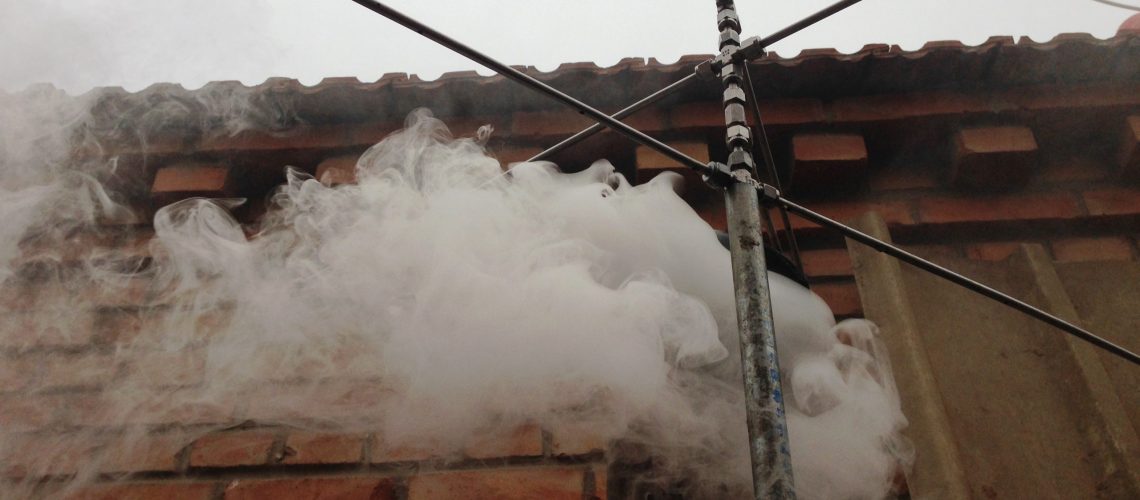Guest Post By Kelsey Bilsback, 2019-2020 Sustainability Leadership Fellow and Postdoctoral Fellow in the Department of Atmospheric Science
It’s a cold morning here in Gu’an, China; a rural village just outside of Beijing. I’m here in one of the homes in the village to set up a scientific experiment.
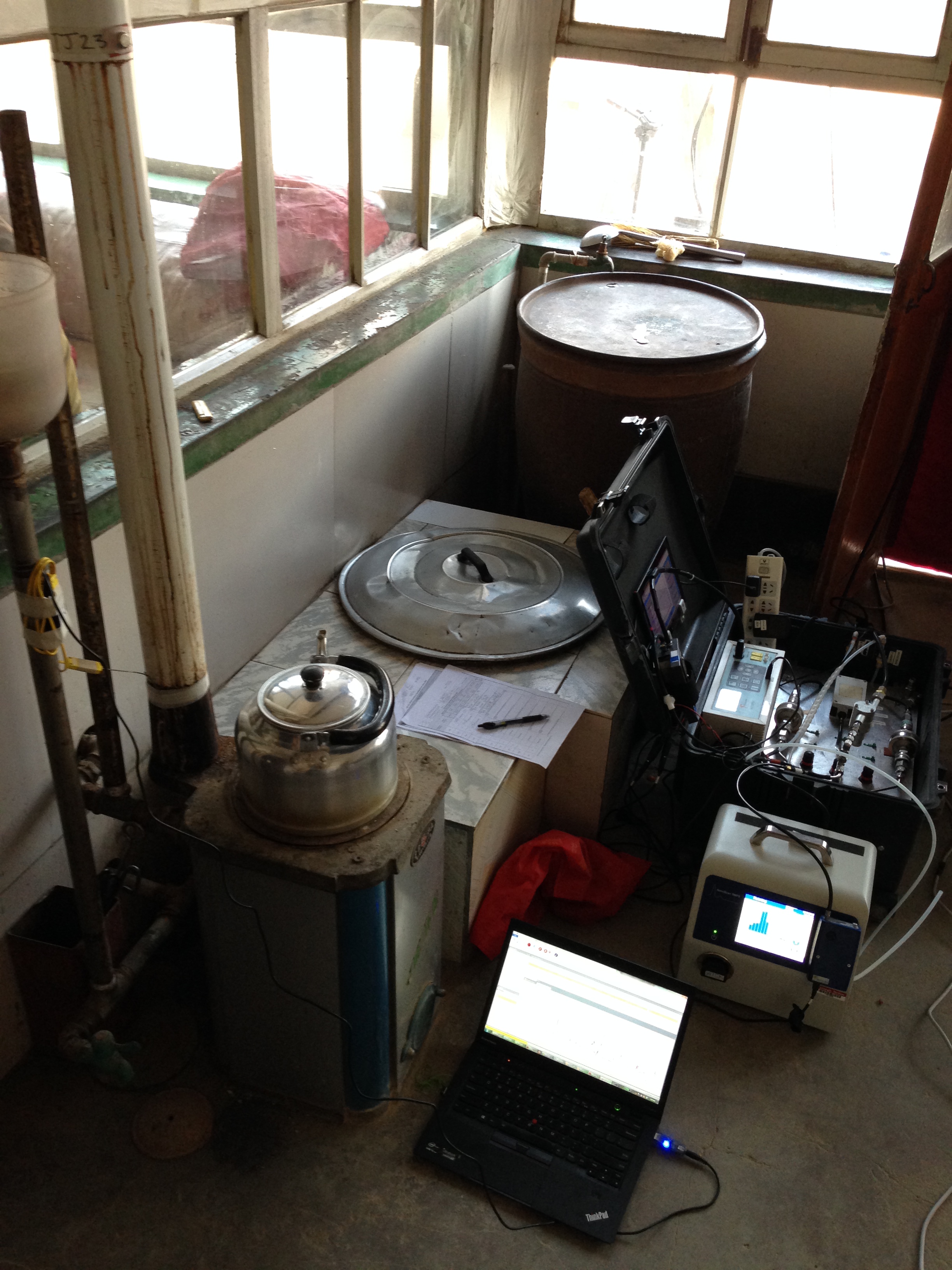
When I arrive, I quickly start opening my three large black plastic suitcases full of small instruments, plastics tubes, and electrical wires. As I unravel the contents of these boxes in the kitchen, I smell the savory aroma of homemade dumplings, but there’s an acrid odor hanging in the air too. It wafts in from an adjacent room, where a large iron heating stove is emitting the smell of burning coal. This is why I’m here–to measure what’s in the vast cloud of smoke billowing out of the chimney from this heating stove.
Air pollution is one of the leading causes of premature death in China–and across the world. Millions of people in rural areas surrounding Beijing use unprocessed coal to heat their homes during the cold winter months. This coal is burned in inefficient stoves, releasing high levels of harmful air pollutants–such as particulate matter and black carbon–into the atmosphere.
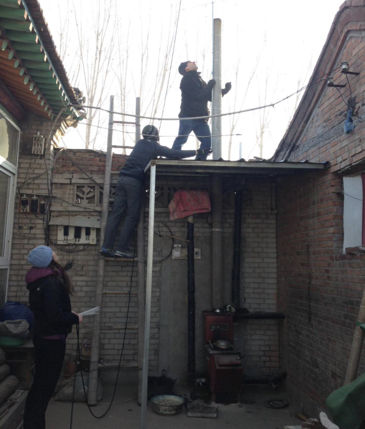
When inhaled these air pollutants can lead to negative health impacts–like lung cancer and asthma. The greenhouse gases and particulate matter released from these coal stoves also impact climate by scattering and absorbing solar radiation.
Understanding the degree to which these coal stoves impact health and climate requires knowing what’s in the smoke, where the smoke travels once it’s released into the atmosphere, and how the smoke reacts chemically in the atmosphere. The measurements that I have been taking in Beijing are key inputs for global atmospheric models, which I am using to calculate climate and health effects of residential coal heating on regional and global scales.
Recently, provincial- and village-level governments in Beijing and the two surrounding provinces (Tianjin and Hebei) have taken steps to reduce air pollution by implementing a ban on the purchase of coal for heating. The residential coal ban is also being implemented in conjunction with a subsidy for electric or gas-powered heat pumps to further encourage transitions from coal to cleaner fuels. The program began in the province of Beijing in 2016 and rollout is anticipated to continue through 2021.
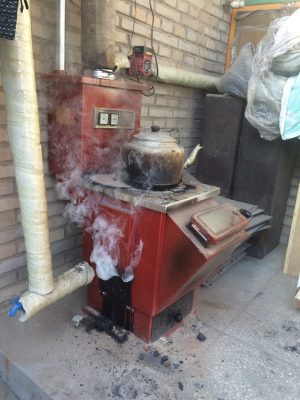
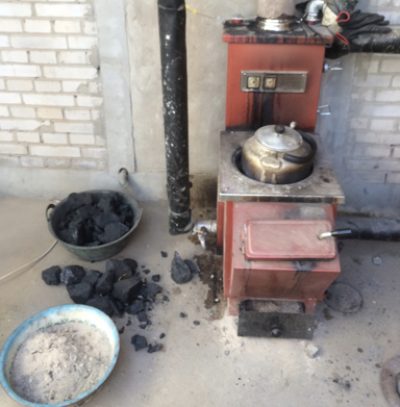
While the ban is expected to have substantial health benefits; the policy may not be all good news. For example, some of the tiny particles emitted from coal stoves scatter solar radiation that cools the climate, so removing them may exacerbate climate warming. Additionally, news outlets have reported that schools and homes were left cold during the winter, due to issues with the program’s rollout.
This is an unprecedented air pollution policy, and while its long-term effects are yet to be determined, immediate benefits are likely to be fewer breathing and heart problems for villagers in these towns and their surrounding areas. Through a combination of measurements in China and simulation of global effects in atmospheric models, we will improve our understanding of the health and climate costs and benefits this policy will have, and inform effective air quality policies in the future.
